VW Golf HyMotion
VW Golf SportWagen HyMotion Concept FCV
At the 2014 Los Angeles Auto Show, Volkswagen introduced their new version of the hydrogen fuel cell vehicle with the release of the Golf SportWagen HyMotion. This is a concept vehicle that is powered by a fuel cell.
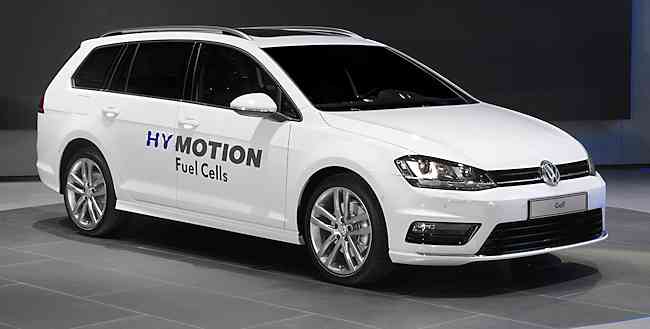
VW Golf SportWagen HyMotion Concept Fuel Cell Vehicle
Fuel cell technology uses hydrogen and oxygen and combines them across a PEM (proton exchange membrane) to produce electricity. This process creates a considerable amount of energy which drives the electric motor of the vehicle and the result is no harmful emissions. In fact, only water vapor is released from the vehicle which is harmless to the atmosphere.
The Golf SportWagen HyMotion is a front-wheel drive vehicle that can accelerate from 0 to 60 mph is 10 seconds and reach up to 310 miles before needing to be refueled. Four carbon-fiber tanks located underneath the vehicle store the hydrogen in a pressurized state and refilling them takes only 3 minutes to accomplish. Carbon-fiber was one of the keys to making the concept a practical one since the material is very lightweight, yet highly impact resistant and strong.
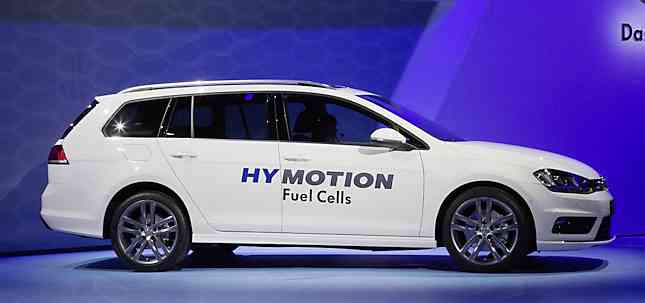
The components for the vehicle were developed by Volkswagen Group Research which included the fuel cell system itself. The Golf HyMotion (not to be confused with the Volkswagen Touran HyMotion or the Volkswagen Tiguan HyMotion) also features a high-voltage lithium-ion battery which stores kinetic energy that is created from regenerative braking. This feature actually helps when starting the vehicle and provides a boost to the acceleration as well. Both the fuel cell and battery drive the electric motor that was adapted from the e-Golf version.
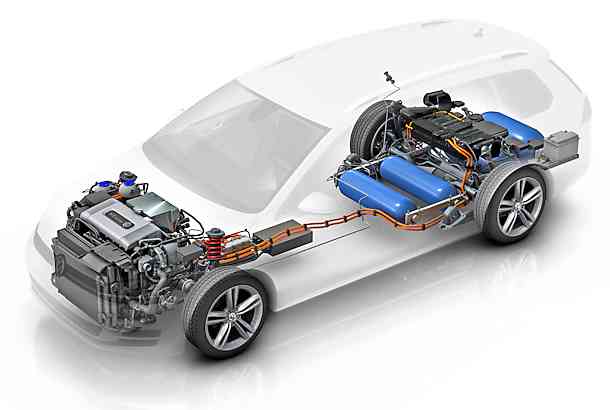
The core of the design is the modular transverse matrix (MQB) that was developed by Volkswagen and used throughout their line of vehicles in this particular group. The MQB can be found in the new hatchback versions as well as the SportWagen to become the first vehicles of its type to be powered by any number of drive concepts. With several different engines to choose from, adding the hydrogen fuel cell was a relatively simple concept.
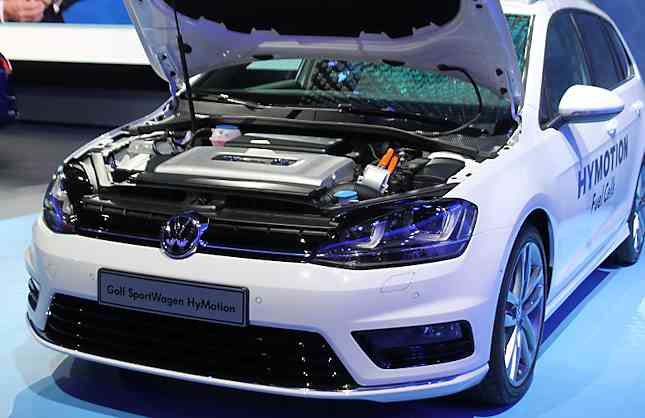
While the vehicle is seemingly ready for production the actual infrastructure to allow consumers to drive the vehicle across Europe, the US and Japan does not yet exist. It will take another year or two before enough hydrogen stations are constructed to allow consumers’ access across enough of these countries before Volkswagen will release their new fuel cell vehicle to the general public.
By following a path of implementing alternative drive systems for their vehicles, Volkswagen has demonstrated the foresight to have their line of cars ready to take on what may very well be the future of power systems. Volkswagen has constructed the Golf and other vehicles in their line to be easily converted during production so that if hydrogen really takes off as a fuel source, they are perfectly capable of adapting more quickly than their competitors at this time.
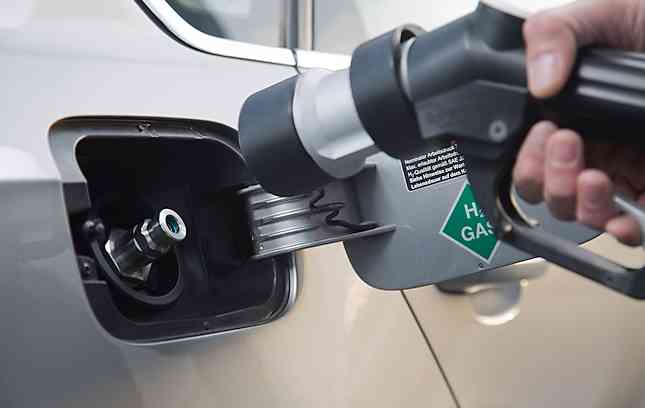
Right now, the Passat HyMotion is being tested on the streets of California to see if hydrogen vehicles will become a practical mode of transportation. As soon as the infrastructure is constructed so that FCVs can be fueled, the future will become the present.
Written by Hydro Kevin Kantola
Leave a Reply
You must be logged in to post a comment.